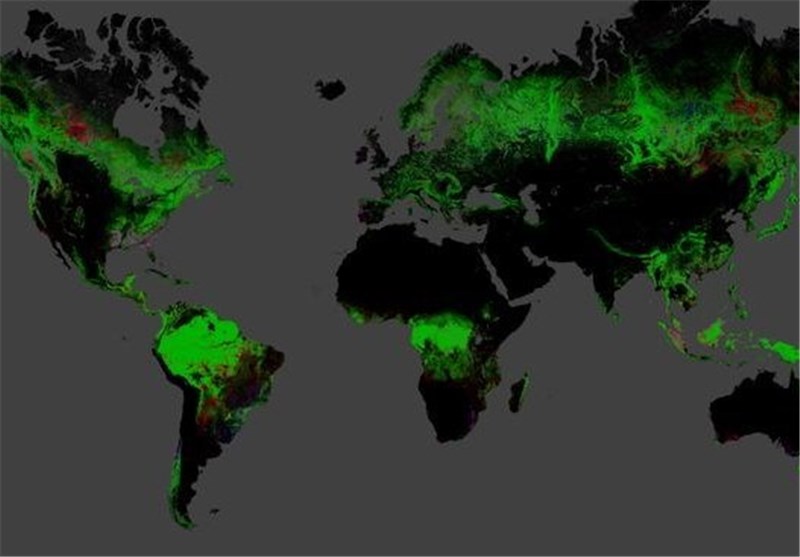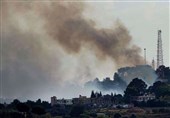Vanishing Forests: New Map Details Global Deforestation
TEHRAN (Tasnim) – A new global map of deforestation reveals that 888,000 square miles (2.3 million square kilometers) of forest has vanished since 2000.
The interactive map is based on satellite data and is the first of its kind. The calculations are accurate down to about 100 feet (30 meters), enough detail to provide useful local information while still covering the whole globe.
"We say that it's globally consistent but locally relevant," said Matt Hansen, a geographer at the University of Maryland who led the mapping effort. "We can describe a global dynamic and compare regions as apples to apples, but if you cut out any particular corner, it would be accurate and have meaning."
The map covers the time frame from 2000 to 2012, and includes both forest losses and forest gains. During that time, 309,000 square miles (800,000 square km) of new forests were gained. Of the 888,000 square miles lost and 309,000 square miles gained, about 77,000 square miles (200,000 square km) were areas that were lost between 2000 and 2012 and then re-established.
The rest of the loss and gain occurs in tandem all over the globe. For example, Brazil's efforts to slow deforestation have paid off, with about 500 square miles (1,300 square km) less loss each year. But the rest of the tropics more than made up for Brazil's improvements with rapidly increasing losses.
Humans are the main driver of deforestation, through logging and clear-cutting, Hansen told LiveScience. Forest fires come next, mostly in the boreal forests of temperate regions. Storm damage also harms forests.
In the North American West, damage from fire, logging and infection by the devastating mountain pine beetle is evident. A windstorm in 2009 shows up as leveled trees in southwestern France. In southern Sweden, an extratropical cyclone flattened forests in 2005.
Still, 32 percent of global loss occurred in the tropics, with half of that amount attributable to South American countries, the researchers found.
The data reveal that some areas that are supposedly protected really aren't, Hansen said. Clear-cutting appears even inside national-park boundaries in some countries.
Now, the team is working to map primary forest — native habitat that is crucial for biodiversity and storing climate-warming carbon — and differentiate it from secondary forests, which may provide tree cover but without the original ecosystems. The team also plans to continue to update the map annually, and hopes to be able to raise the deforestation alarm even more frequently in the future.





